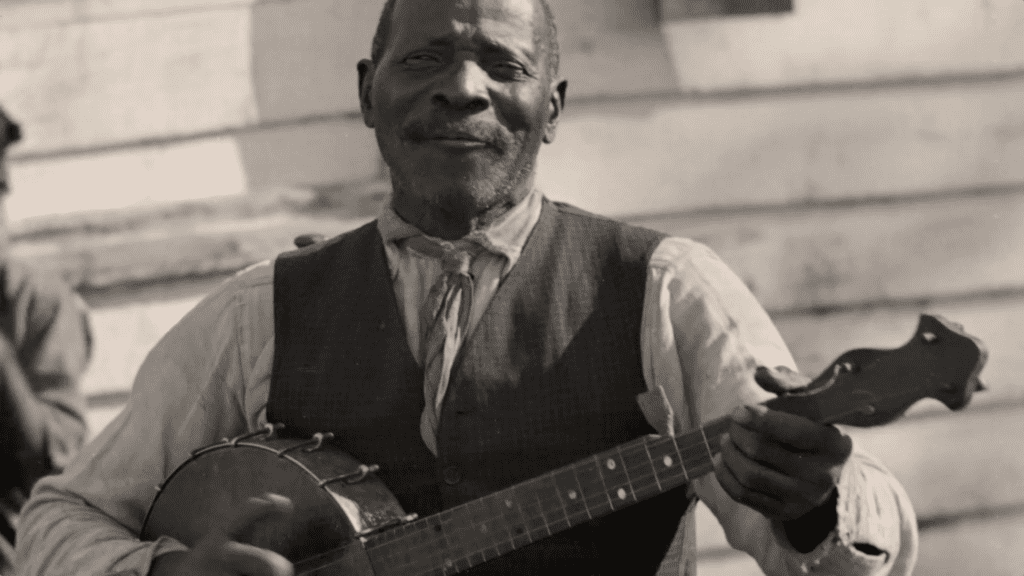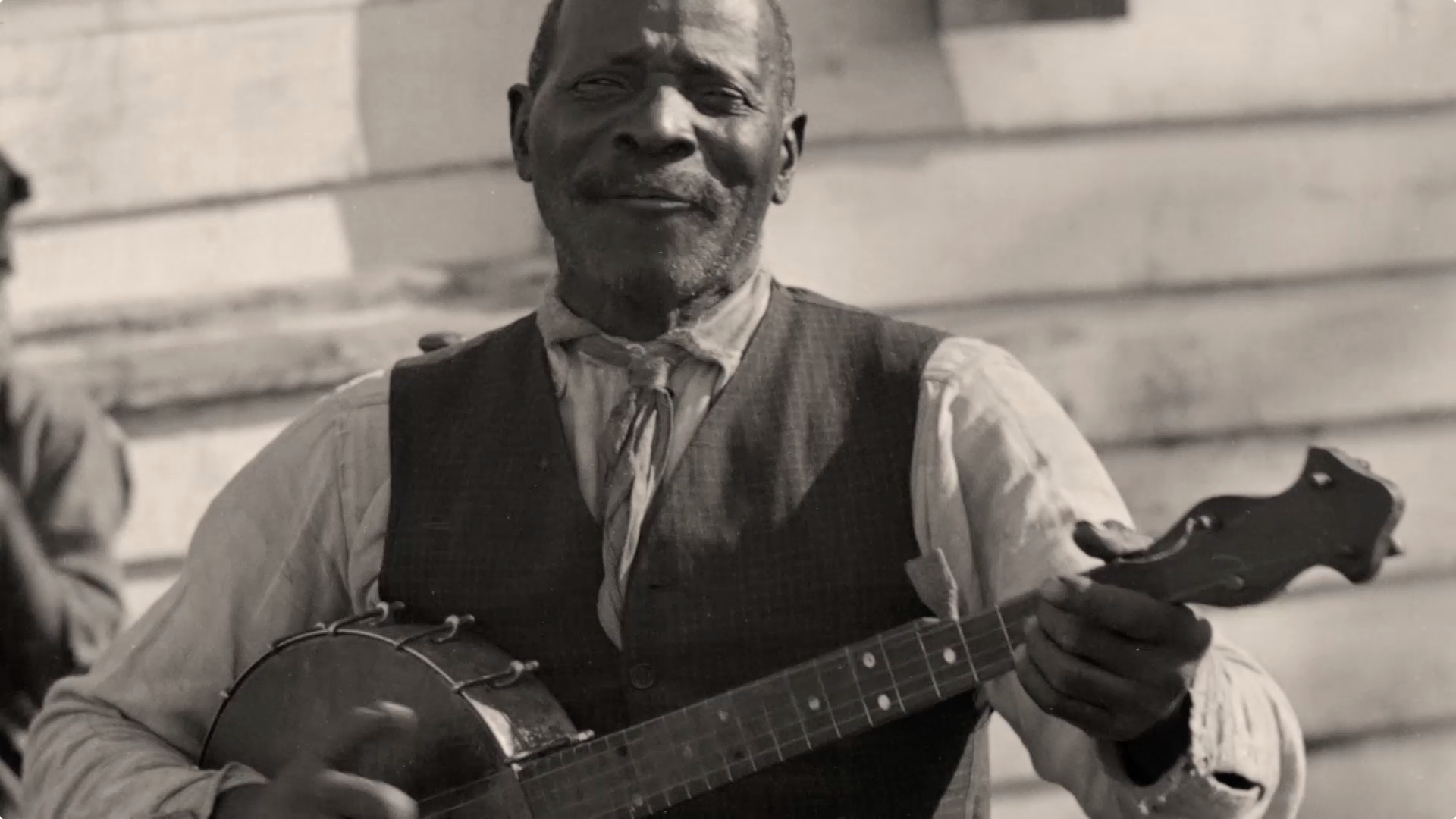The banjo is a unique musical instrument with roots in West Africa. Brought to America by enslaved Africans, it has since become an integral part of American music, particularly in African American music. In this article, we will explore the history of the banjo in African American music, its cultural significance, and its enduring influence.

Banjo in African American Music: A Brief History
During the 18th and 19th centuries, the banjo was primarily played by enslaved Africans on southern plantations. It was often made with a gourd or calabash for the body and animal skin for the head. Enslaved Africans used the banjo as a means of cultural expression, often adapting it to play traditional West African rhythms and melodies. They played the banjo at social gatherings, work songs, and religious ceremonies. Over time, the banjo became a symbol of resistance and liberation for enslaved Africans.
As African Americans migrated to urban areas in the early 20th century, the banjo became popular in the emerging genres of blues, jazz, and ragtime. Musicians like Gus Cannon and Papa Charlie Jackson incorporated the banjo into their music, creating a distinct sound that was both nostalgic and innovative. The banjo was also featured in minstrel shows, a popular form of entertainment in the late 19th and early 20th centuries. Although these shows often perpetuated racist stereotypes, they helped to popularize the banjo and bring it to a wider audience.
In the 1920s and 30s, the banjo was a staple in the emerging genre of jazz. Banjoists like Eddie Condon and Johnny St. Cyr helped to define the sound of traditional jazz, while Earl Scruggs revolutionized the banjo with his innovative three-finger picking style. Scruggs’ style was particularly influential in the development of bluegrass music, a genre that combined elements of traditional Appalachian music with jazz and blues. Bluegrass music became popular in the 1940s and 50s, and the banjo remained an important part of the genre.
Today, the banjo continues to be a significant instrument in African American music. Many contemporary musicians, such as Rhiannon Giddens, have reimagined the banjo’s place in music and use it to explore African American history and culture. The banjo has also become a symbol of the ongoing struggle for racial equality, as African American musicians continue to reclaim the instrument’s history and legacy.
In conclusion, the banjo has a rich and complex history in African American music. From its origins in West Africa to its place in contemporary music, the banjo has been a vehicle for cultural expression and social change. It has been used to resist oppression, celebrate community, and create new forms of musical expression. The banjo’s enduring legacy in African American music is a testament to the resilience and creativity of African American musicians throughout history.
More Banjo Articles
Origins and History of the Banjo
Early Banjo Styles: A Brief History

